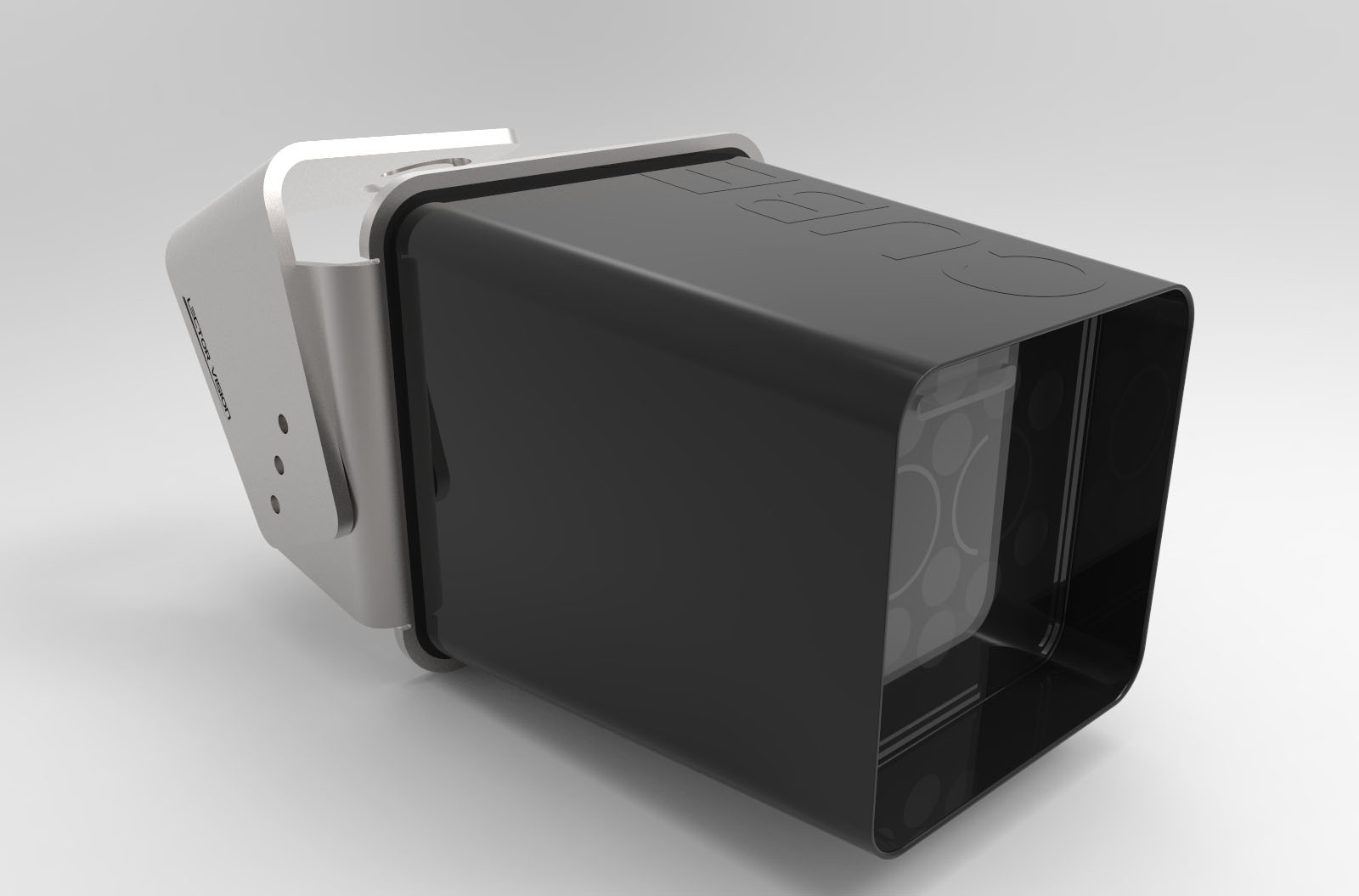
The company’s Cube camera was developed in-house at Lector Vision’s Madrid headquarters and has a wide range of applications, including tolling control, car parking and traffic monitoring. It combines the advantages of machine vision cameras and IP cameras; has a top-performing Sony CMOS sensor; motorised lenses; RAW image processing; advanced on-board OCR processing; and full camera control, including digital inputs and outputs. The Cube camera has three H264 video channels per camera so that, for instance, one channel can undertake OCR while the other two channels can send the video signal, in real time, to a different control centre.
Lector Vision’s ground-breaking Traffic Guard analytics software system, development of which was financed by CDTI (Spanish Ministry of Economy), can detect vehicles or objects, and follow them into the image, capturing a range of user-defined different parameters. The system can thus autonomously monitor, control, classify and define alerts for an array of different behaviours on the road.






